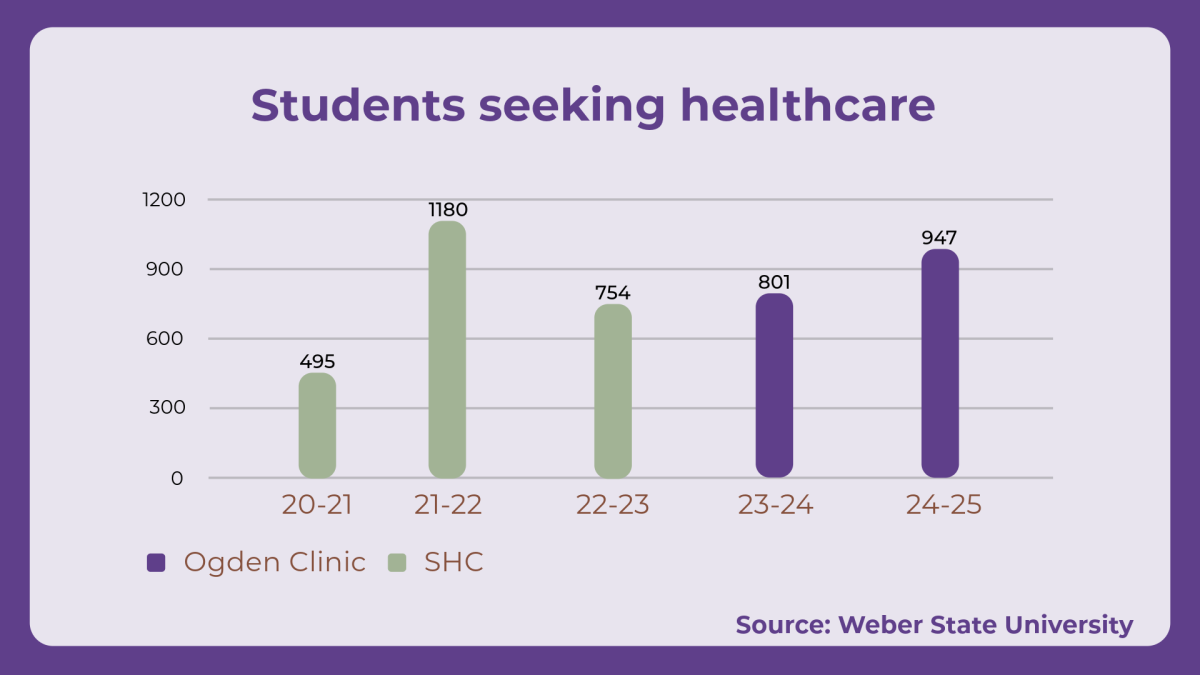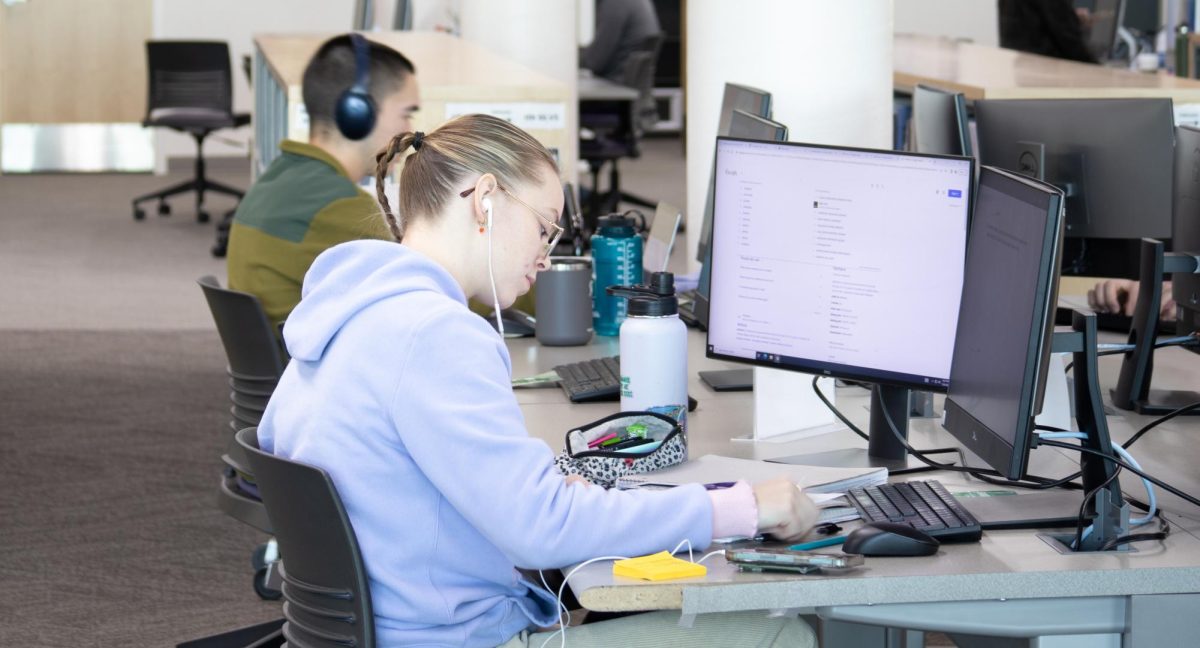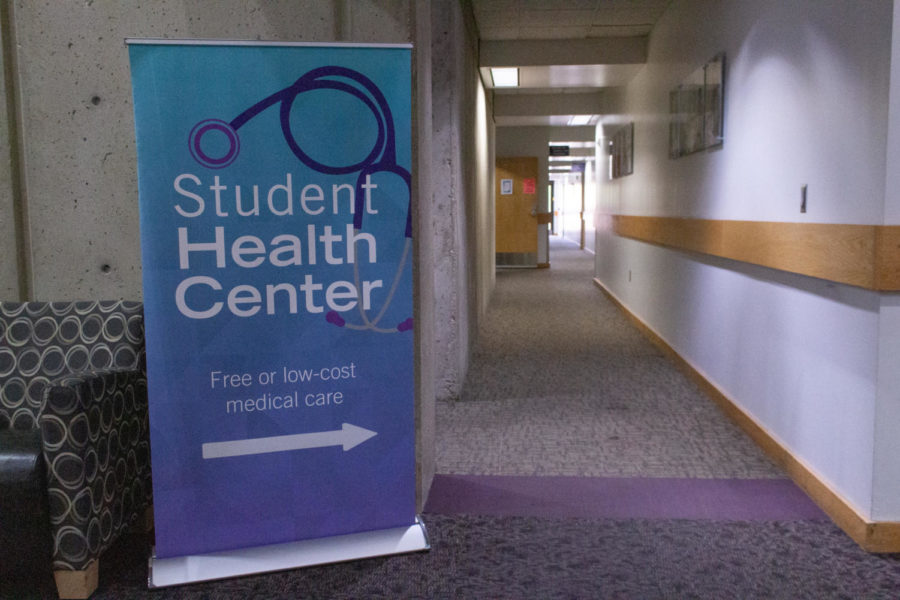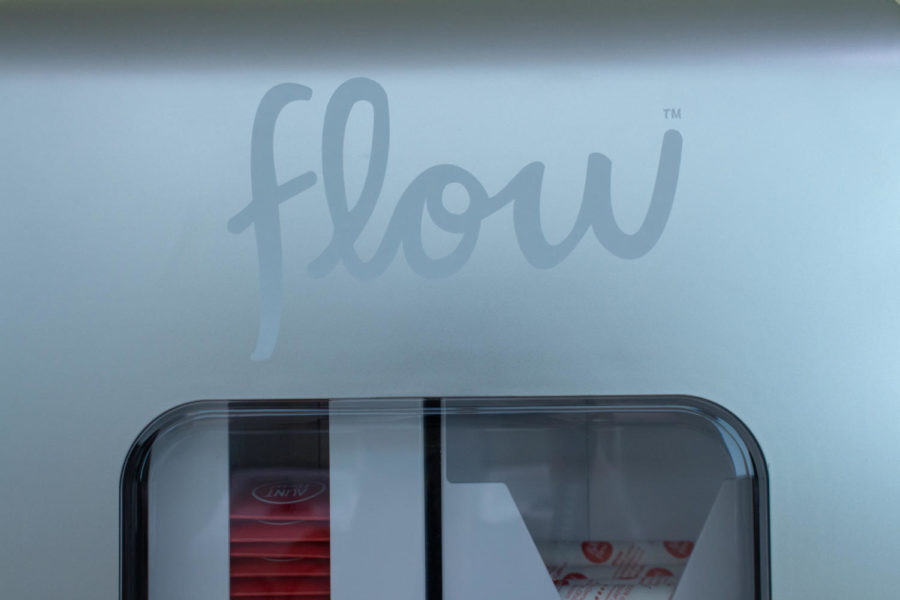
Millions of Americans deal with chronic lower back pain caused by a herniated, or “slipped,” disc. For many, it’s a problem that they have to learn to live with. Back pain rarely gets better and often increases over time.
Any method of alleviating such pain can make a positive change in the lives of those who suffer from it. Unfortunately, most relief comes with drawbacks. Narcotics and surgery both come with major cons.
The best methods for pain relief have been injections and physical therapy. While these can alleviate pain in the short term, the pain often still returns.

Undergraduate Athletic Therapy Program Director in the Athletic Training and Nutrition Department Justin Rigby studies therapeutic modalities. “We use different medical devices that can decrease pain, stimulate a healing response, decrease prolonged inflammation and help patients rehab better by getting them into their exercises during their physical therapy or rehabilitation,” Rigby said.
Justin is engaged in a research project looking at the use of a Sustained Acoustic Medicine (SAM) device to alleviate lower back pain without invasive surgery or potentially dangerous narcotics. It may even enable some healing of conditions such as bulging discs.
The project is a wearable ultrasound device. Standard ultrasound devices are used for a limited time and often need to be applied by a technician.
The SAM device is different because it produces a low energy effect, heating the injured tissue minimally. This means that the patient can keep the device on for longer periods, and it doesn’t need to be moved around. The result is constant energy applied to the injured area by a small portable device. It can be worn before, during and after activities or physical therapy.
Energy, in the form of heat produced by ultrasound machines, acts differently on injured tissue.
Standard ultrasound treatments use a higher energy, which changes muscle properties. At the low energy range, the tissue’s metabolism is increased, aiding in the natural ability to heal. Standard physical therapy generally uses ultrasounds on a higher setting for best results in the session and recovery afterward.
The portable device makes longer therapy sessions practical and can give the tissue more time to do the work it needs to do with less stress.
The device has been shown to work on sports-related injuries to upper backs, knees and elbows, and the FDA has even created a new category for the SAM.
The WSU study, run in collaboration with David Draper, professor of athletic training at BYU, seeks to discover if the SAM device can affect a patient with a bulging disc in a positive way similar to the other areas of the body. The genesis of the study was the manufacturer, and the grant comes from NASA.
“We got funding from them to … see if we can figure out ways to help astronauts heal better after they come back, “Justin said.

A bulging disc causes jelly to bulge out, which creates pressure on the sensitive root nerve. This not only causes pain to the nerve, but in the surrounding tissues as the muscles work to compensate for the weakness the initial pain can cause. It is hoped that the SAM device will not just alleviate the pain, but actually cause some healing in the fibrous disc wall.
“It’s not going to go back to what it was, but at least it won’t be as bad,” Justin said.
The study is ongoing, but using ultrasound for imaging is another of Justin’s focuses. In the fall, he and fellow researcher Matt Denning, assistant professor in the health promotion and human performance department, hope to use a new motion capture system and ultrasound imaging to study Achilles tendons on Weber State’s cross country team.













